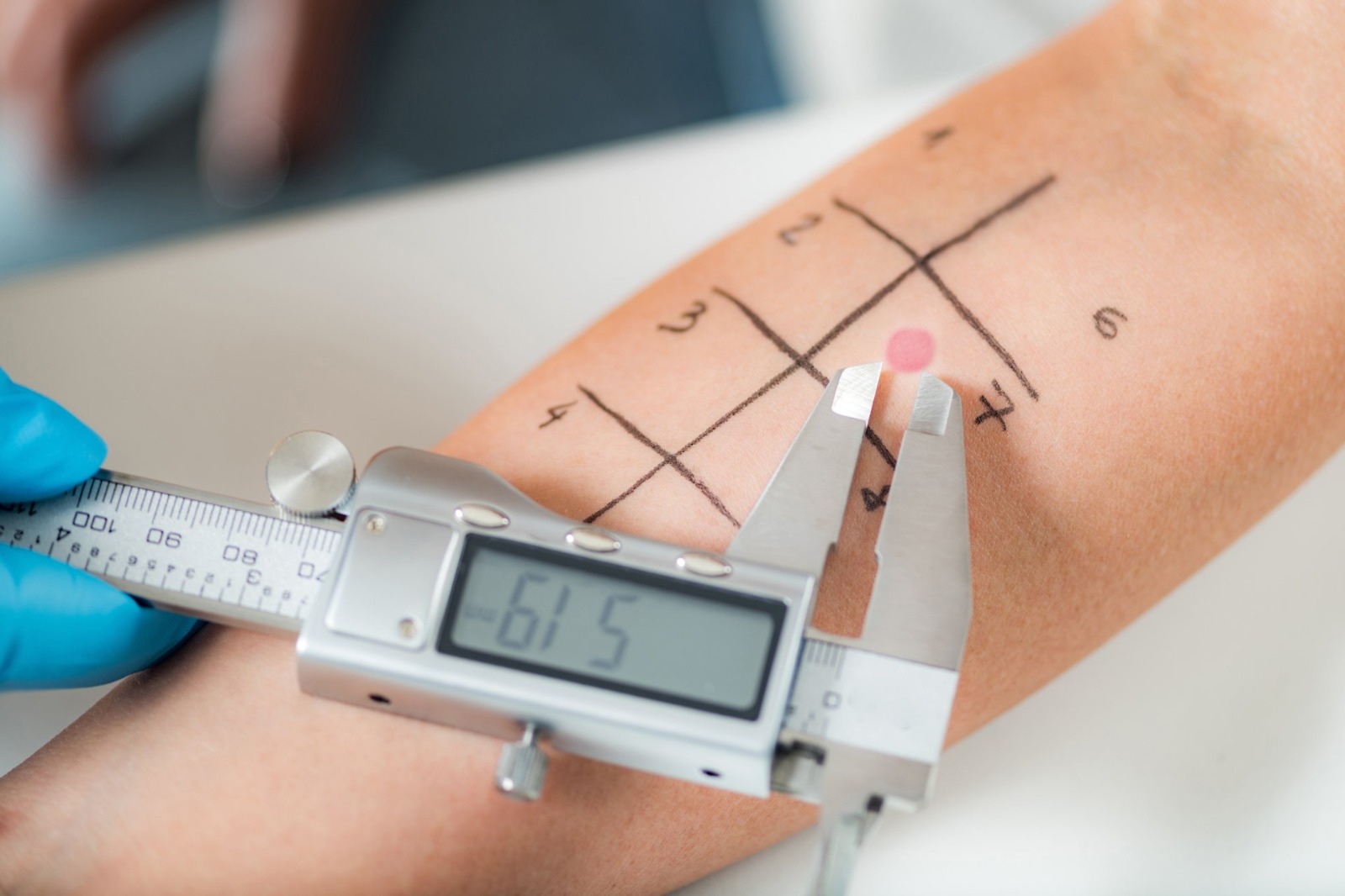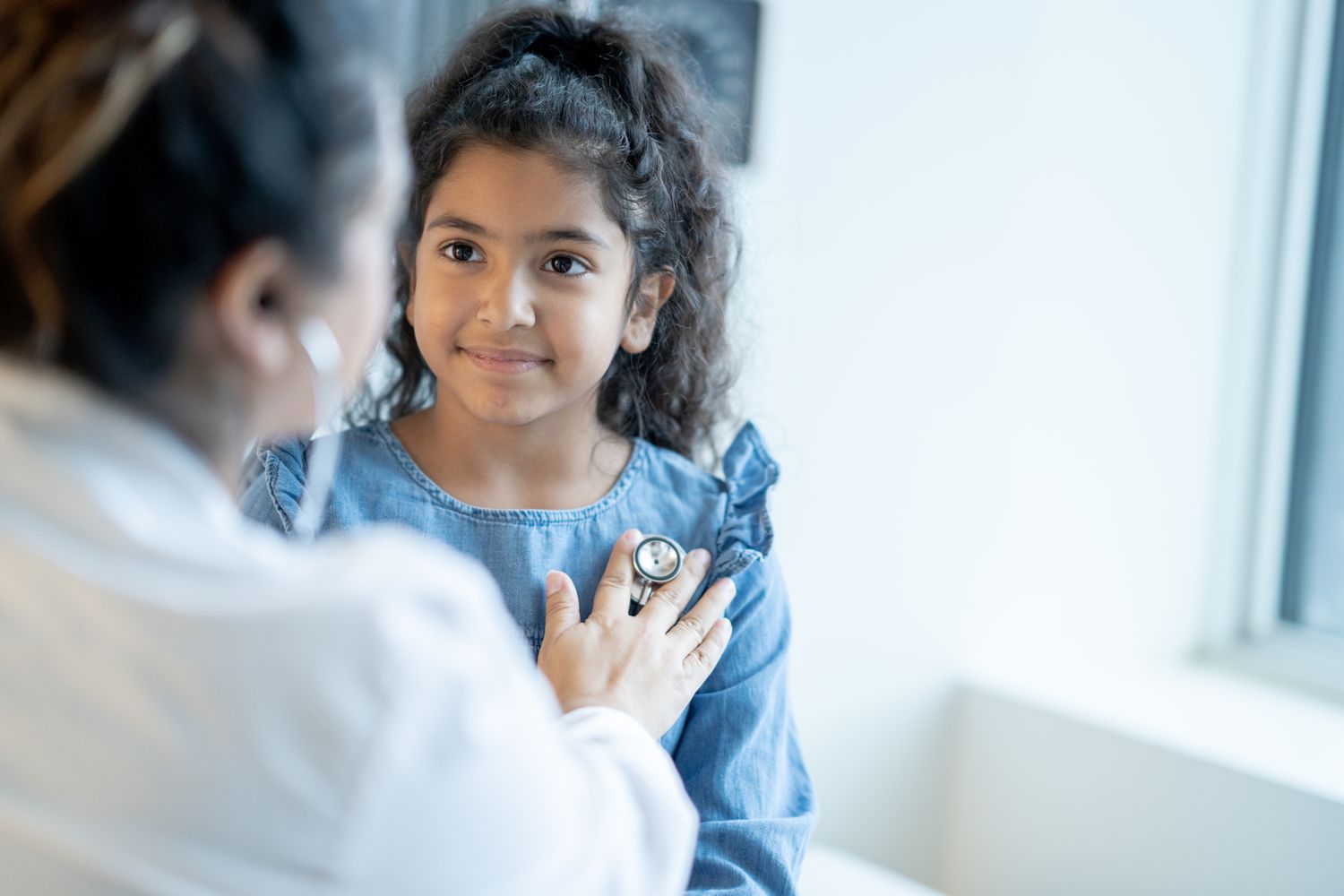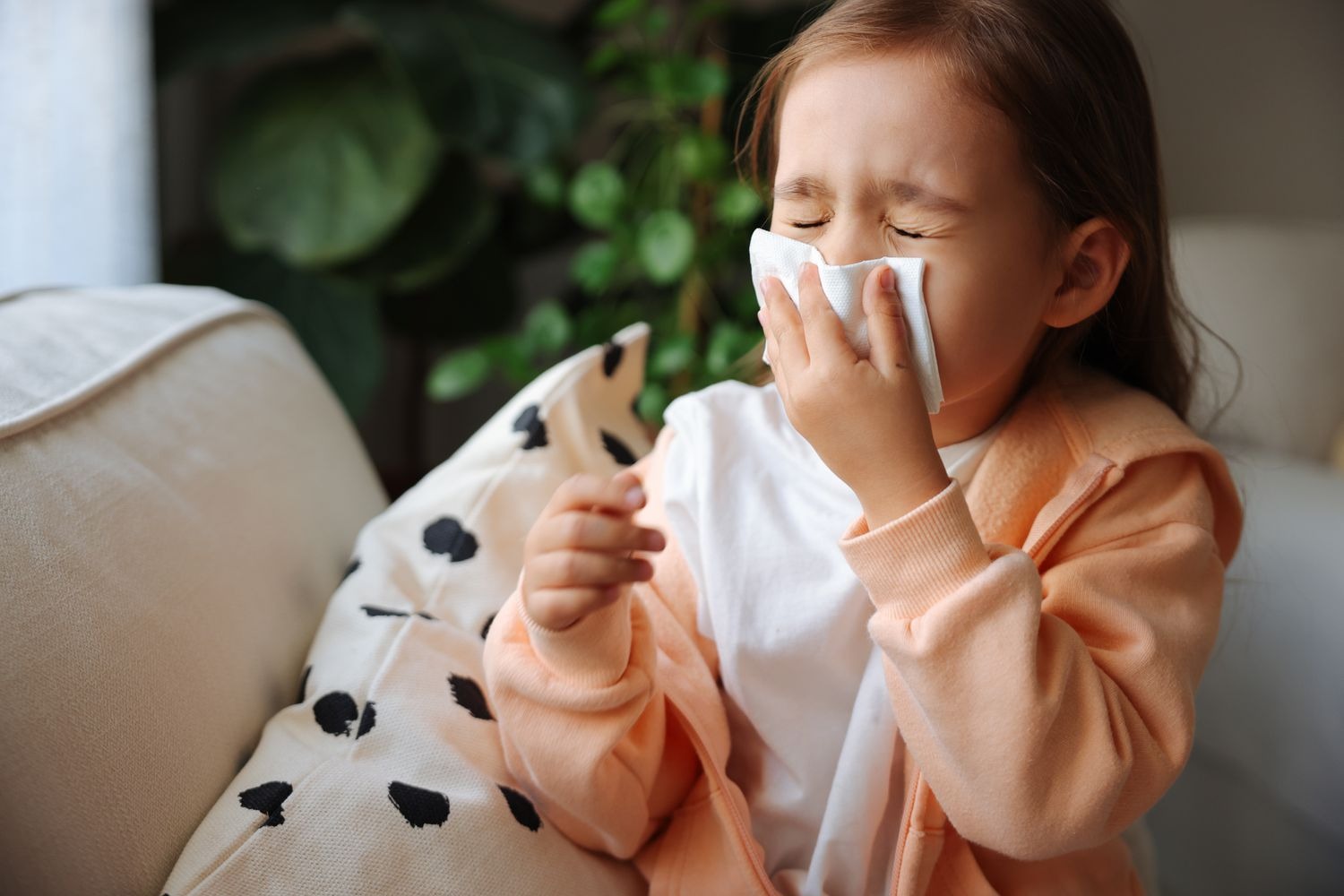As a Pediatrician and Allergy Specialist with over 30 years of experience, I’ve seen firsthand how accurate diagnosis can transform a child's life. Allergies can be perplexing — symptoms often mimic other respiratory or skin conditions, making it challenging to identify the exact cause. Over the years, advancements in diagnostic techniques have revolutionized our ability to pinpoint allergies precisely, enabling tailored treatments that truly make a difference.
The Challenge of Diagnosing Allergies
One memorable case that comes to mind is that of a 7-year-old named Rohan. He experienced recurrent wheezing, sneezing fits, and constant itching, but initial tests were inconclusive. Traditional allergy testing, such as skin prick tests, sometimes yields false negatives or positives, especially in children with sensitive skin or recent illness. Rohan's parents felt helpless, unsure of what was triggering his symptoms.
This brought me to the importance of employing more advanced diagnostic methods. Standard tests are useful, but they sometimes lack the specificity needed for complex cases.
Enter Advanced Diagnostic Techniques
In recent years, technologies like skin prick testing with recombinant allergens, forced oscillometry, and component-resolved diagnostics have become game-changers.
Skin Prick Testing with Recombinant Allergens: Unlike conventional tests that use whole allergen extracts, recombinant allergens are purified and specific, reducing false results and providing precise identification of allergen sensitivity.
Forced Oscillometry: This non-invasive breathing test measures airway resistance, helping us understand the extent of airway hyperreactivity, especially useful in young children who struggle with spirometry.
Component-Resolved Diagnostics (CRD): This technique identifies specific allergen components, allowing us to understand cross-reactivity and predict the severity of allergic reactions.
How These Techniques Make a Difference
In Rohan’s case, we utilized CRD alongside skin prick testing. The results revealed a clear sensitivity to a specific protein in dust mites, along with cross-reactivity to certain pollens. Armed with this precise information, we devised a personalized management plan — including environmental controls, targeted immunotherapy, and medication.
This level of accuracy was only possible because of advanced diagnostics. In the past, Rohan’s parents might have tried multiple treatments without success, unsure of what to avoid or treat. Now, we could focus solely on the allergens that mattered and educate them on specific strategies to minimize exposure.
The Importance of Personalized Care
Every child is unique, and so are their allergies. Advanced diagnostics help us move beyond a trial-and-error approach. We can tailor therapies—whether it’s allergy immunotherapy, medications, or lifestyle adjustments—based on each child's specific sensitivities.
For instance, in a different case, a teenager with severe peanut allergies benefitted from component testing that identified risk levels, guiding decisions about immunotherapy versus strict avoidance.
A Future with Smarter Diagnostics
Looking ahead, innovations like molecular profiling and genetic testing promise even more precise allergy management. But what remains clear is that these advanced techniques are essential tools in our armamentarium.
By embracing these technologies, we can confidently diagnose, treat, and ultimately improve the quality of life for children suffering from allergies. My experience has shown me time and again that with accurate diagnosis, we can unlock healthier, happier futures for our young patients.
Conclusion
In pediatric allergy management, knowledge truly is power. Advanced diagnostic techniques not only provide clarity but also empower families to make informed decisions. It’s a privilege to be part of this journey, ensuring our children breathe easier and live healthier lives.




Add a Comment